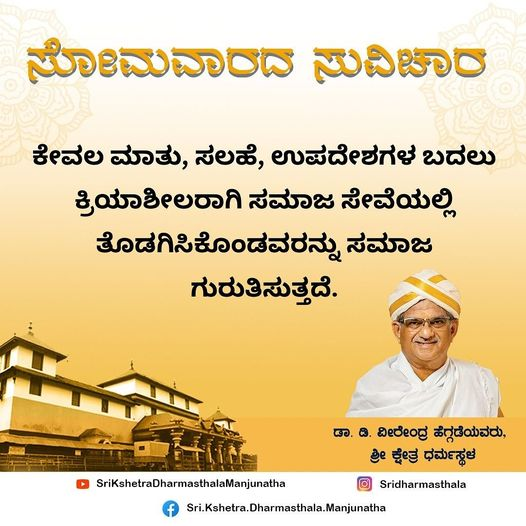The guru-shishya parampara had always been the primary knowledge imparting system in ancient India. This type of ancient schooling in India was residential in nature with the Shishyas or students and the Guru or teacher living in proximity within the same house. The students resided together irrespective of their social standing.
Gurukul
Home / Gurukul

Realizing the importance of the gurukul system in the current age and how it could nurture kids from a very young age and also with a foresight that education would the best option to eradicate poverty, Shri Manjayya Heggade made a small beginning by establishing Siddhavana. This educational institution drew inspiration from the Gurukuls of ancient times. It was followed by Rathnamanasa, another gurukul for younger kids, started by Shri Ratnavarma Heggade.
To affectionately bind the children in a relationship of love and respect for each other -coming as they do from different cultural backgrounds – these two Gurukuls encourage the students to manage their own kitchen gardens and dairies. Each Gurukul has a petty shop that caters to the daily needs of the students. These shops too, are managed by the students themselves. To inculcate into them a deep sense of responsibility to manage the institutions within the stipulated budgets, the day to day accounts of the Gurukuls are also maintained by the students. Regular rotation of roles helps each student get an equal exposure.
No wonder, that every child or student who passes through these two Gurukuls, is ready and fully equipped to face life in all its diversity.
CONTACT US
TEMPLE OFFICE :
SHREE KSHETRA DHARMASTHALA
D.K, Karnataka -574216
Helpline : 08256 -266666
Office : 08256 – 266655
E – Mail : [email protected]
OFFICE TIMINGS :
Morning : 09:30 AM to 2 : PM
Evening : 4 PM to 9 : PM
Quick Links
© 2024 Dharmasthala. All Rights Reserved.

